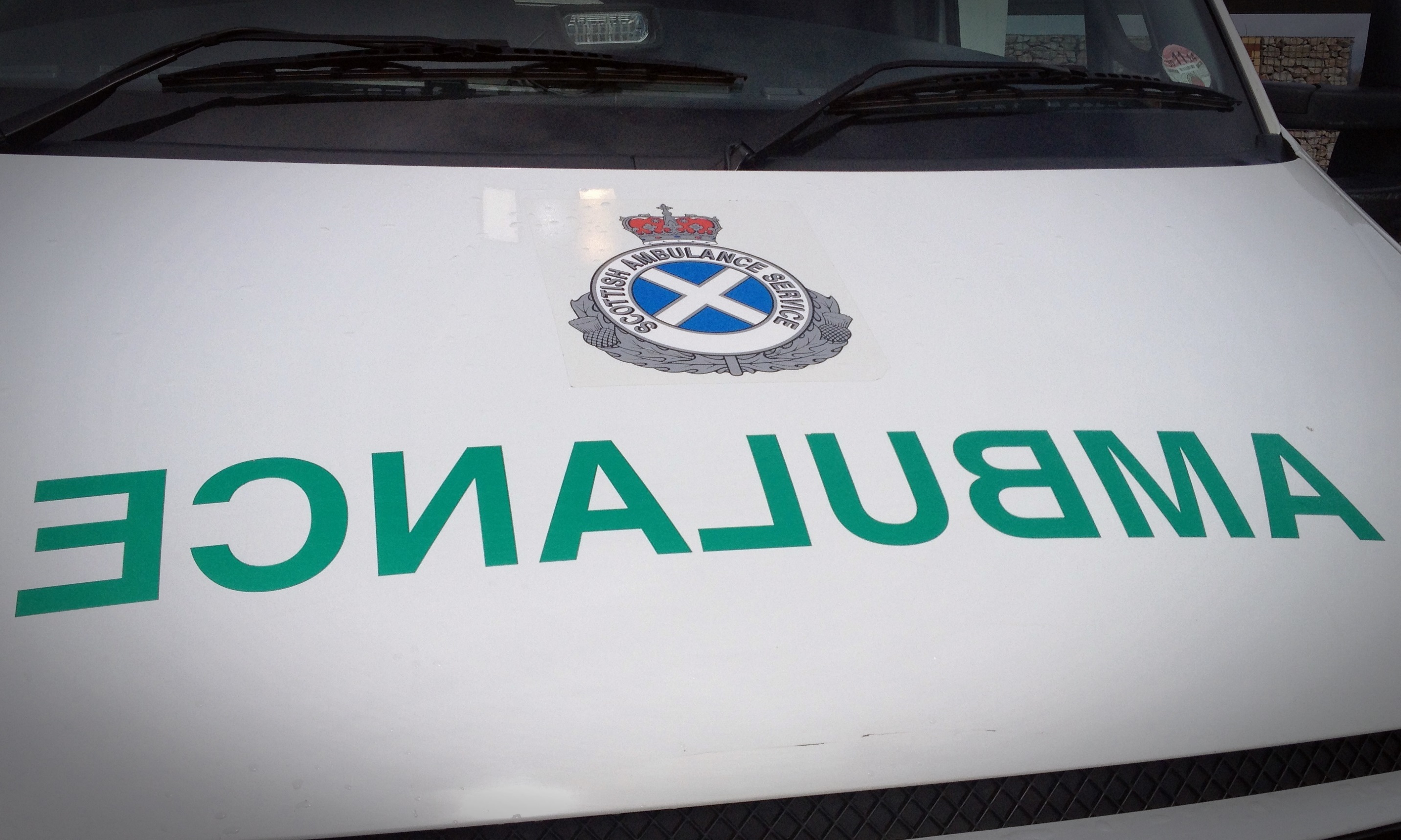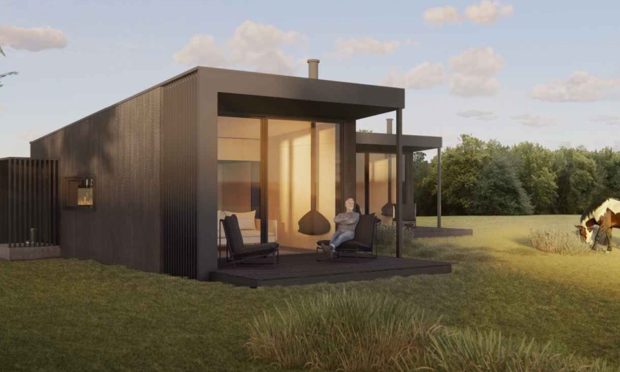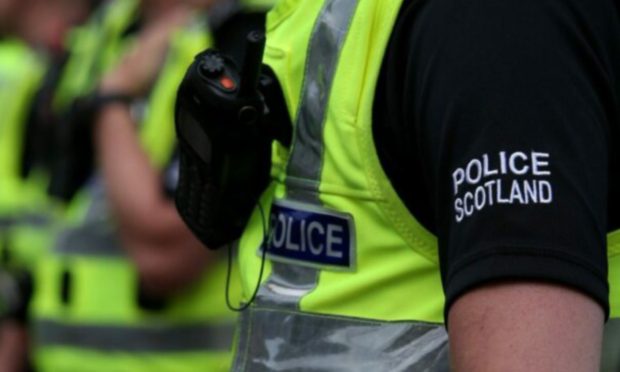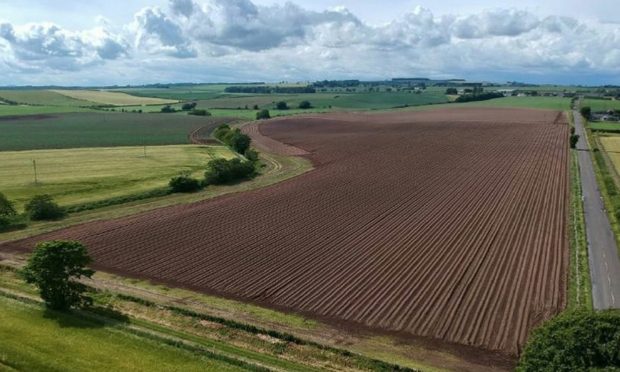Patients in some Courier Country towns are being forced to wait twice as long for an ambulance.
Performance statistics from the Scottish Ambulance Service have highlighted the challenges facing areas that do not have a local station nearby.
In life-threatening situations in 2018 up to October 31, the average length of time taken to respond to a 999 call from the Mearns was 15 minutes.
Other problem areas were the Howe of Fife and Tay Coast areas (15 minutes), Burntisland, Kinghorn and Western Kirkcaldy (14 minutes) and Kinross-shire (14 minutes).
Strathallan was 13 minutes, Strathtay 13 minutes, West Fife 12 minutes, Tay Bridgehead 12 minutes, Carnoustie 11 minutes, Strathmore 11 minutes, East Neuk 10 minutes and Brechin and Edzell nine minutes.
In contrast, ambulances arrived in St Andrews in six minutes, Kirkcaldy and Leven in five minutes, Dundee within five minutes, Perth in five minutes and Strathmartine in four minutes, which were within the national target of eight minutes.
The SAS changed its system of reporting ambulance response times from October 2017 onwards.
Separate figures obtained following a Freedom of Information (FOI) request by the Scottish Conservatives have also shown that there have been dozens of hoax calls in the past year, including 65 in the North division covering the North-east and Highlands.
Peter Chapman, Scottish Conservative MSP for the north-east region, said: “These figures highlight once again the poor level of cover experienced by parts of the north-east.
“Our first responders do a terrific job, but the response time can often depend on the proximity of the nearest ambulance station.
“In life-threatening emergency situations, every second can count.
“For most people, ambulances are at the scene in less than eight minutes, but that extra time could be the difference between life and death.
“That’s what makes the level of hoax calls all the more galling.
“It is no exaggeration to say that lives are on the line.
“Those who are guilty of making these calls should face the full force of the law.”
A Scottish Ambulance Service spokesperson said: “We prioritise the sickest, most seriously ill patients and as a result of this approach, we have almost doubled survival rates for cardiac arrest patients since 2013.
“For less ill patients, our call handlers may spend a little more time with the patient to better understand their condition and ensure we get the right, not necessarily the nearest or quickest, response to the patient first time.
“In remote areas of Scotland, we have a range of resources we can deploy depending on the nature of the incident from rapid deployment of our network of Community First Responders, to air support, ambulance crews, paramedic response units or other emergency services if they are nearby.
“We are currently training an additional 1,000 paramedics across Scotland who will further increase our capacity, whilst our £78 million investment programme is introducing 1,000 new vehicles between 2016 and 2020.
“Anyone who calls 999 without a genuine need is potentially putting lives at risk by tying up valuable resources that could be needed to respond to a life-threatening call.
“When appropriate, malicious or nuisance callers are reported to the police, however in many cases the call is a result of a social issue rather than malice and the patient may still need assistance.
“In these cases, the relevant agencies are advised so that appropriate care can be provided.”










